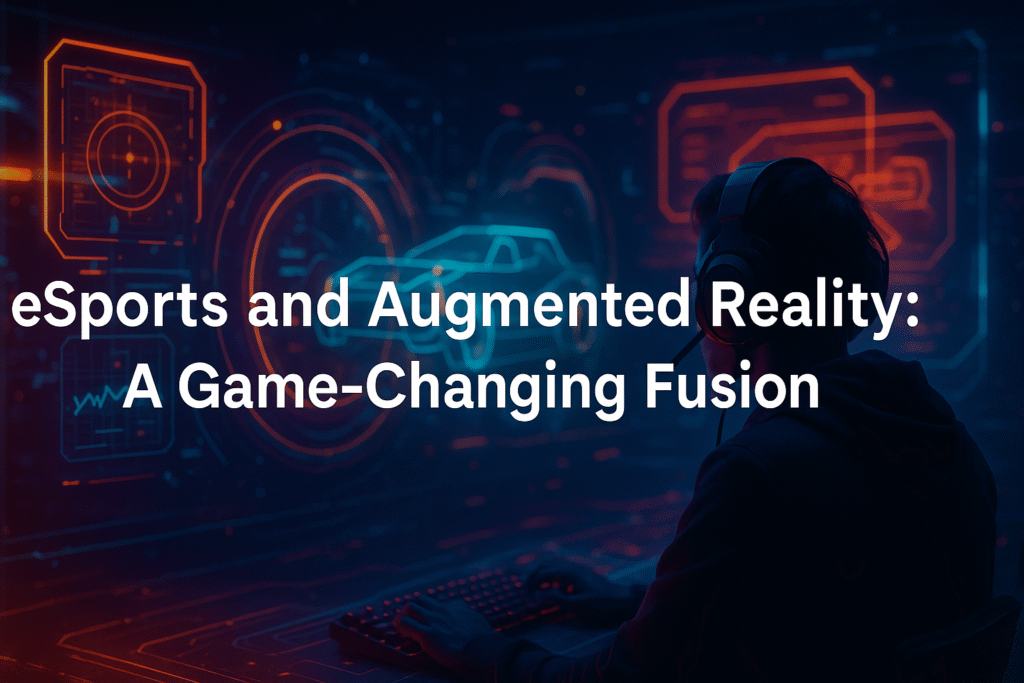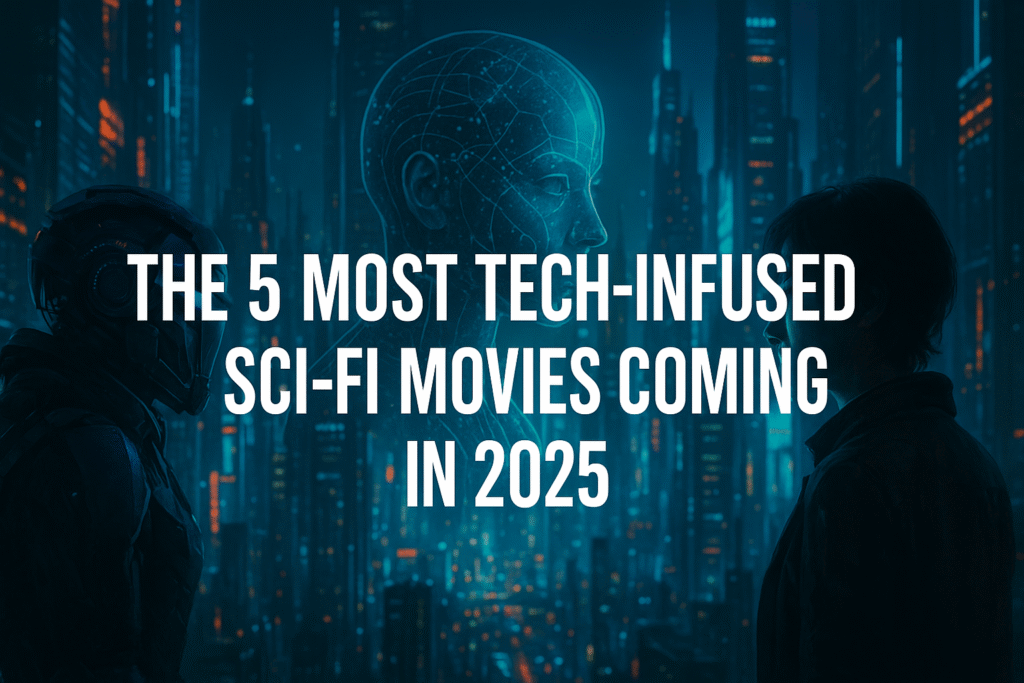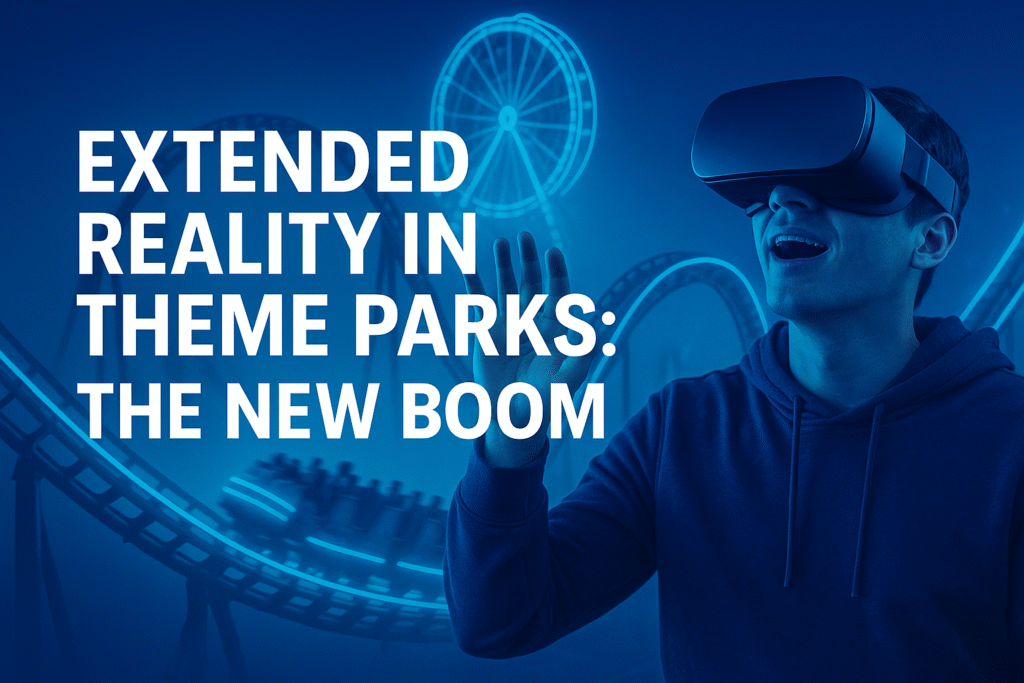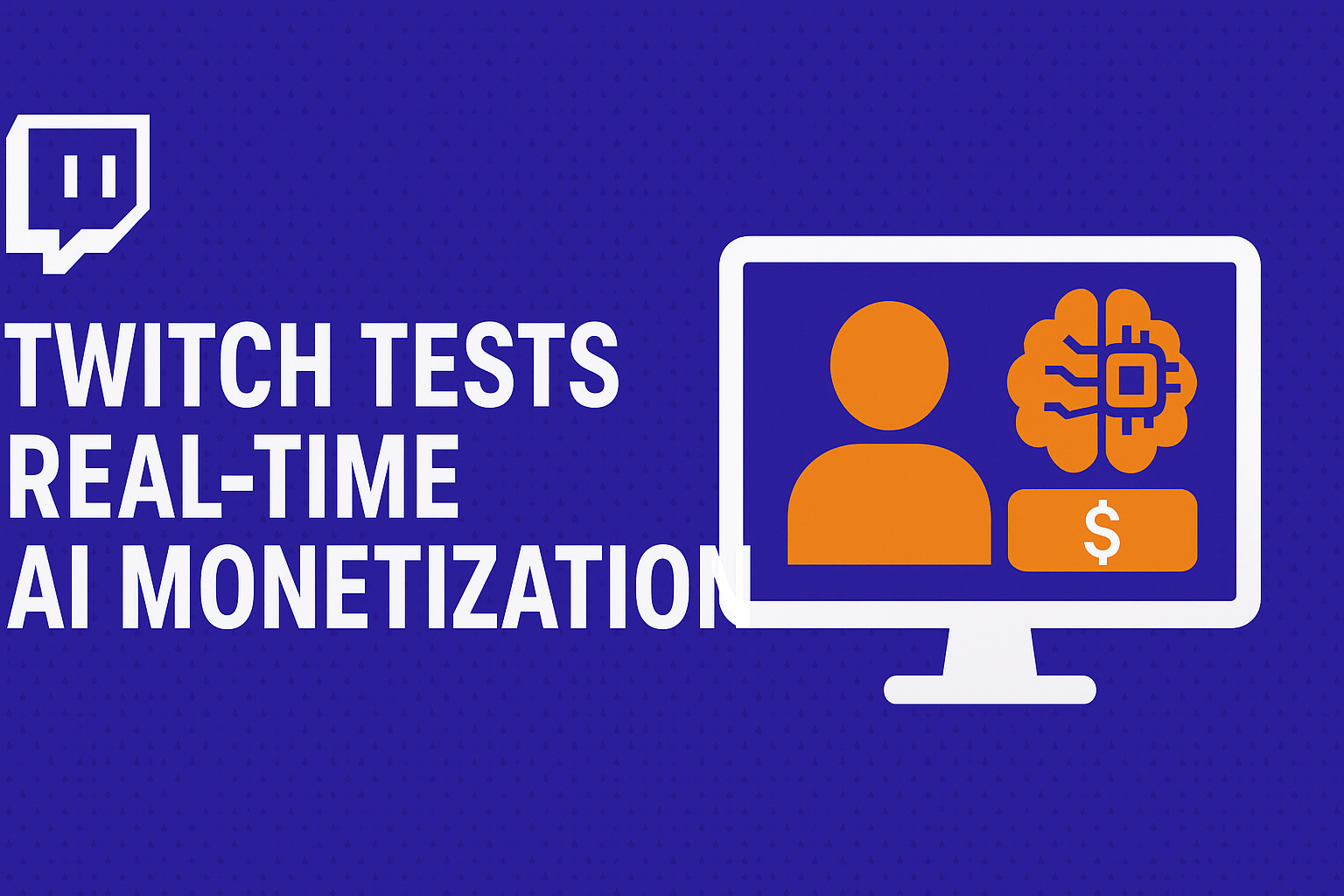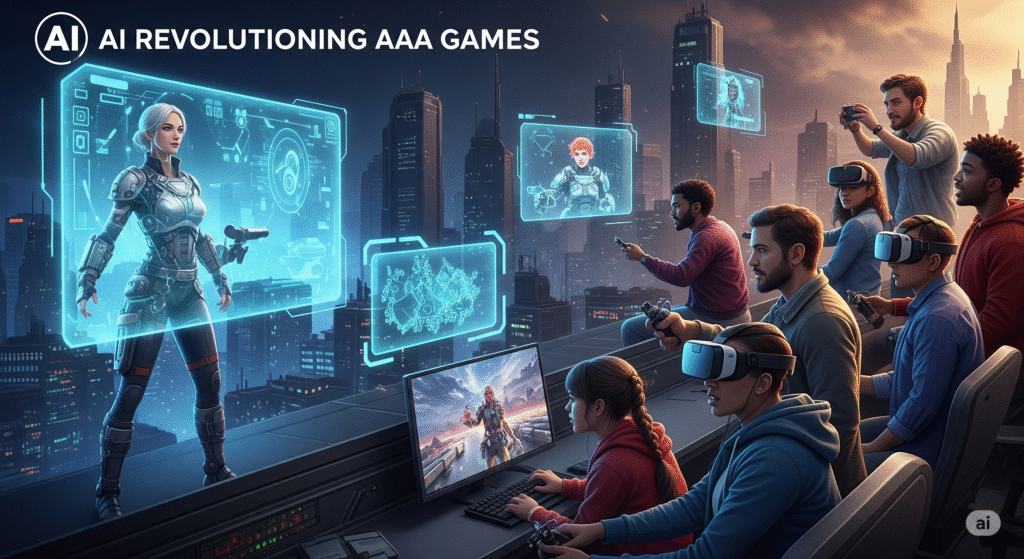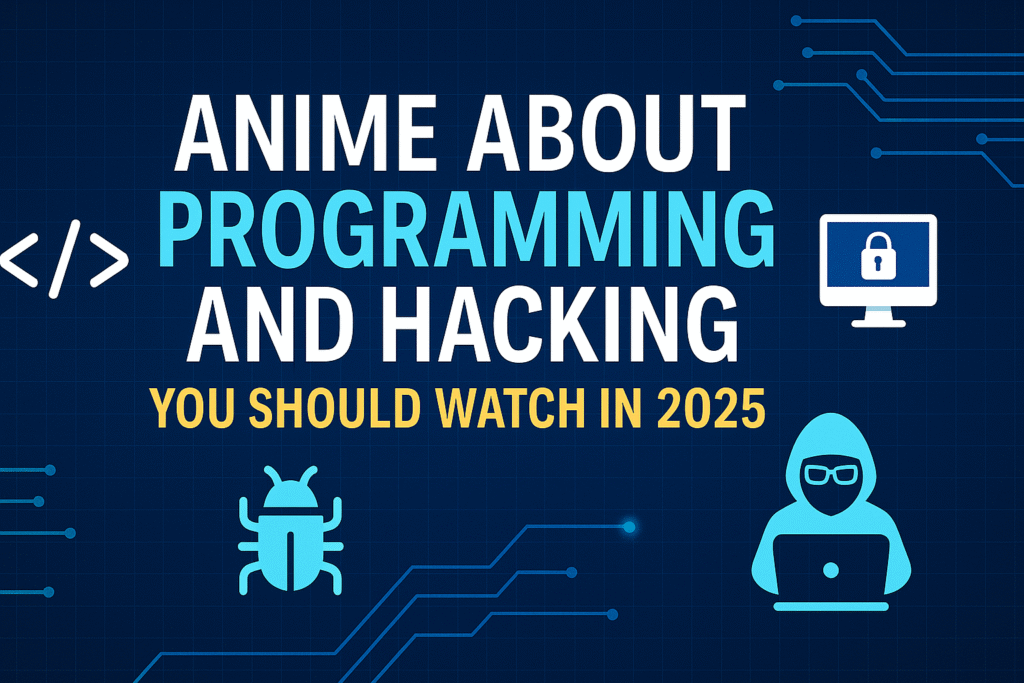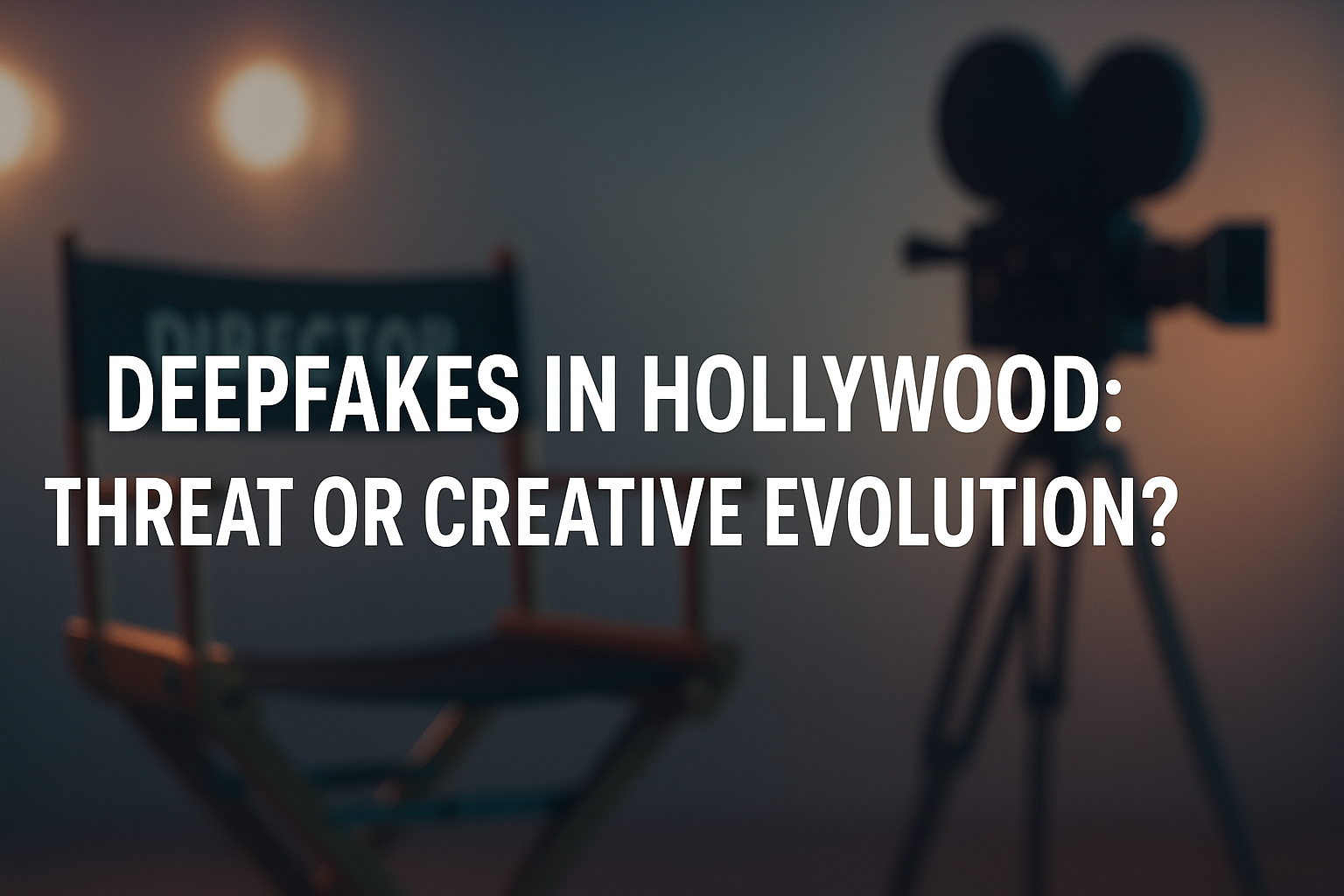
The emergence of deepfake technology—AI-generated synthetic media that replaces a person’s likeness—has sent ripples across Hollywood. What was once a niche internet phenomenon has now become a powerful (and controversial) filmmaking tool. As studios experiment with digitally resurrected actors, AI-generated performances, and synthetic voiceovers, the industry is split: is this a dangerous manipulation or the next creative leap?
What Are Deepfakes?
Deepfakes use deep learning algorithms—particularly GANs (Generative Adversarial Networks)—to swap or synthesize human faces and voices in video and audio. Initially popularized on social media and in meme culture, the technology has advanced rapidly, now capable of producing near-perfect imitations.
How Hollywood Is Using Deepfakes
Hollywood studios are adopting deepfakes for various reasons:
- De-aging and resurrection: Films like The Irishman used VFX to digitally de-age actors, while Rogue One resurrected Peter Cushing’s likeness.
- Stunt doubles and safety: AI can generate actor faces onto stunt doubles, reducing risk.
- Voice synthesis: AI tools now recreate voices for dubbing, posthumous roles, or ADR (Automated Dialog Replacement).
Recent Examples:
- James Dean was controversially cast in the unreleased Finding Jack using AI.
- Luke Skywalker‘s young version in The Mandalorian was improved using deepfake tech from a YouTuber hired by Lucasfilm.
The Ethical Dilemma
Deepfakes in entertainment raise serious legal and ethical questions:
- Consent and likeness rights: Who owns a person’s digital identity—especially posthumously?
- Misinformation risks: What happens when synthetic content is indistinguishable from reality?
- Job displacement: Will AI-generated characters reduce demand for human actors?
The SAG-AFTRA 2023 strikes highlighted these issues, with actors demanding strict limits on AI use and compensation models for synthetic performances.
Creative Freedom or Industry Disruption?
For some creators, deepfakes unlock unprecedented artistic possibilities—reviving lost icons, perfecting performances, or making complex VFX affordable for indie filmmakers.
But critics argue this may devalue authentic human expression and turn actors into digital commodities, controlled by studios and algorithms.
The Future: Regulation Meets Innovation
To ensure deepfakes benefit cinema without harming it, many suggest:
- Transparent AI labeling in films.
- Strict usage contracts for actors and estates.
- Legislation to protect against unauthorized replication.
Hollywood’s adoption of AI must strike a balance between innovation and integrity.
Final Thoughts
Deepfakes are no longer science fiction—they’re rewriting the rules of filmmaking. Whether they become a tool for visual storytelling or a threat to the industry’s soul depends on how wisely they are used. Hollywood stands at a crossroads: embrace the creative potential while protecting the people who bring stories to life.
